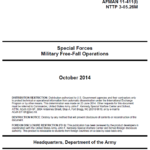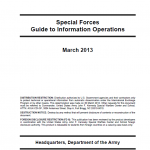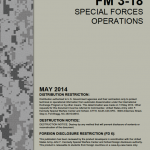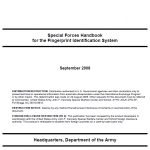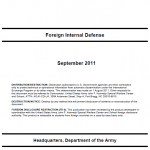
FID is participation by civilian and military agencies of a government in any of the action programs taken by another government or other designated organization to free and protect its society from subversion, lawlessness, insurgency, terrorism, and other threats to its security (Joint Publication [JP] 3-22, Foreign Internal Defense). This publication depicts the integrated theater efforts that include ARSOF and conventional forces roles in joint, multinational, intergovernmental, and nongovernmental organizations working in a collaborative environment. It provides an overview of selected sources of power applied through the instruments of national power brought to bear for supporting FID and the impact and interaction of Army units with the other instruments of national power. In addition, it illustrates how FID is a key component of a host nation’s (HN’s) program of internal defense and development (IDAD), and that the focus of all U.S. FID efforts is to support that IDAD program to build capability and capacity to free and protect the HN from subversion, lawlessness, and insurgency.
Read more →
